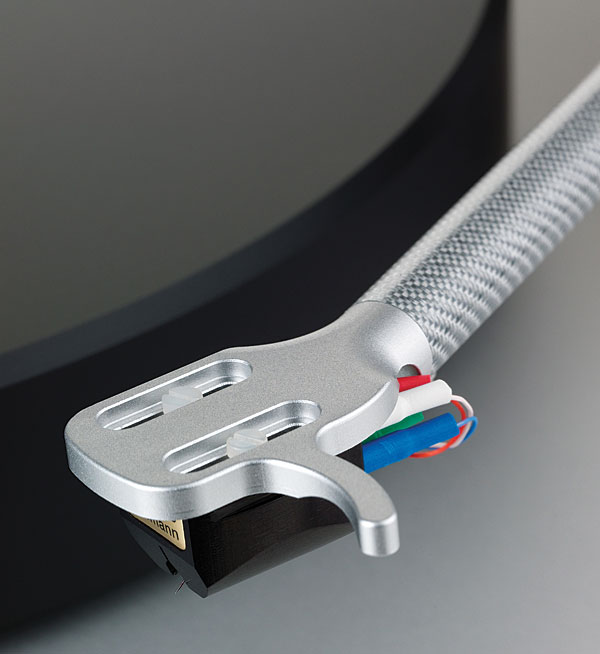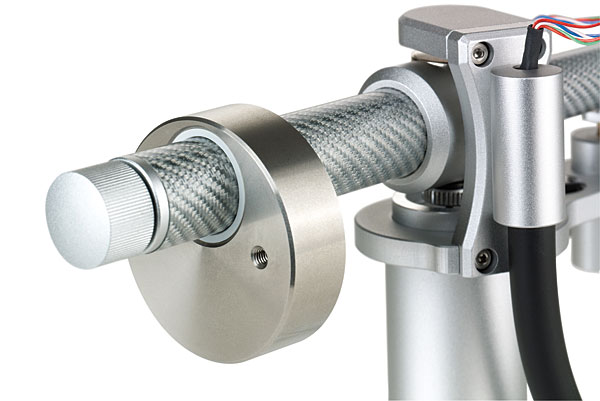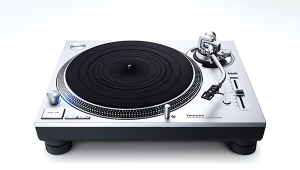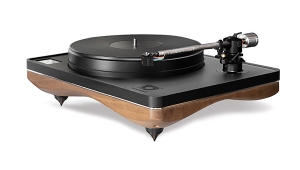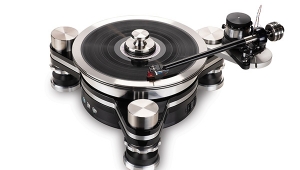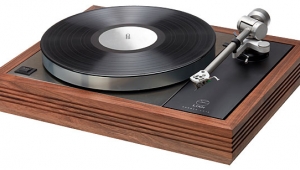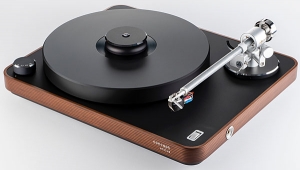| Columns Retired Columns & Blogs |
I think transducing an LP with a superb cartridge like the Talismann V2 and table as beautiful as the Ovation and then digitizing it, only to turn it back into analog again is just about the silliest thing I've ever heard. You gotta be kidding me...
John should have sent that table to me for to review.
Sigh....
